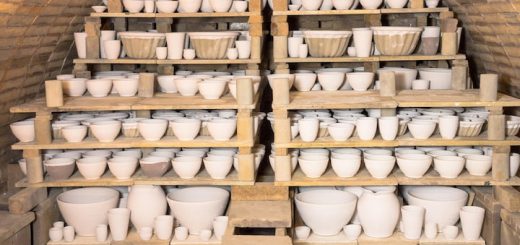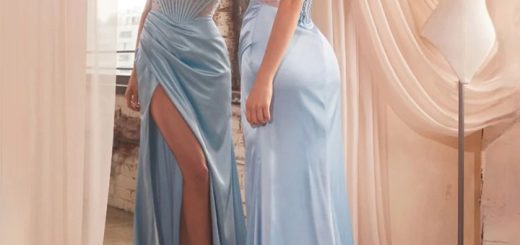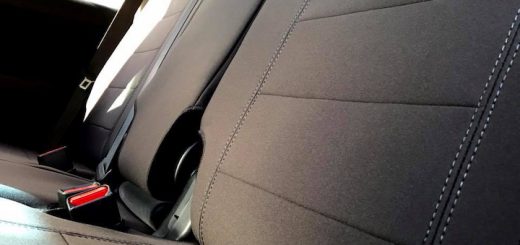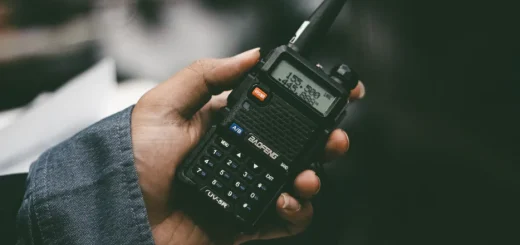Ballet Talk: How to Pick a Leotard That Will Flatter Your Shape and Performance
Leotards are essential clothing pieces that every serious ballerina should own. Designed to hug your torso, it allows the teacher to better assess your form and movements. They can easily see your shoulder alignment and make any necessary adjustments to your swayback or protruding ribs.
And unlike a T-shirt, the leotard won’t possibly obstruct your eyesight when you’re in a head-down position or unintentionally catch in your partner’s hand when he lifts you up. It’s lightweight, flexible and form-fitting, which makes dancing easier and safer.
Then, there’s also the fact that along with the graceful tutu, it’s a must-have part of every ballerina’s stage appearance. A leotard lends elegance and makes it easier for the audience to appreciate your delicate skills while you perform on stage.
That being said, if it’s your first time buying a leotard or you haven’t been happy with the ones you own so far, this guide will help you. Whether you’re looking for a basic leotard for your dance classes or a showy one for a recital, here are the important factors to consider.
Choose a Style That Suits Your Needs and Body Shape
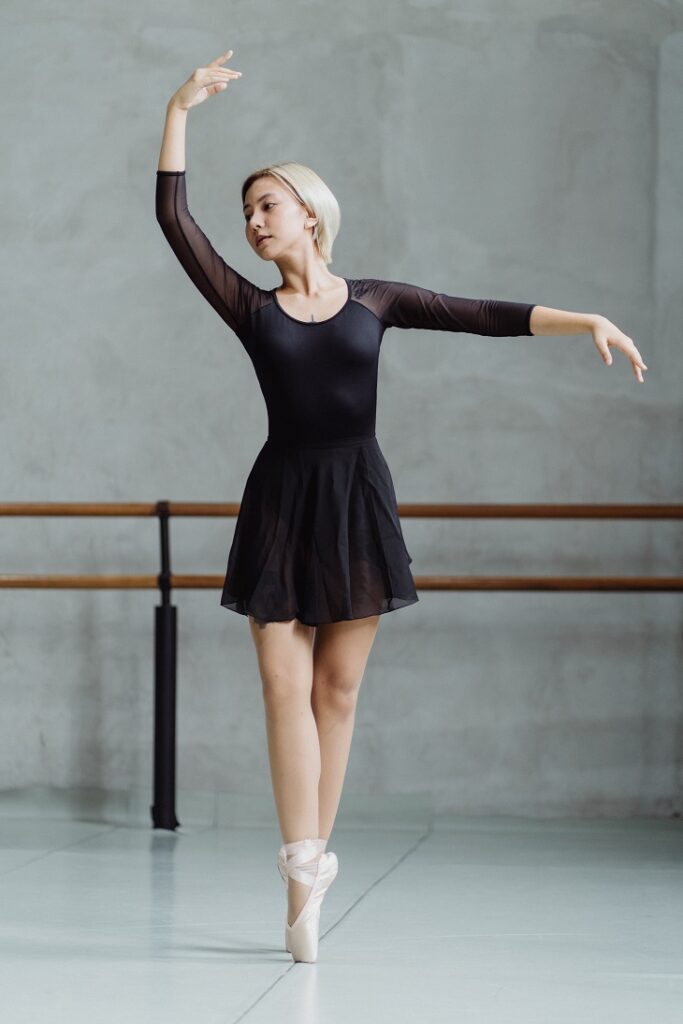
There are numerous styles of ballet leotards. The event and the environment you’ll be wearing yours in will determine the style you need.
For instance, wearing a sleeveless or short-sleeved basic leotard while practising in warm weather is recommended since it provides you more freedom and keeps you cooler. A long-sleeved leotard will be more appropriate if you wish to stay warm during your winter dance classes. A long-sleeved ballerina leotard is also customary when competing.
Additionally, certain leotards might have frills or skirts. Usually tied to the waist, the frill or skirt can also be fastened higher up, directly below the bust line, in some styles. The plain leotards with short sleeves, the elaborate ones with long sleeves, and those with no sleeves can all have an open back. Make sure it doesn’t restrict your movement in any way while selecting a leotard with an unusual back for your stage performance.
Additionally, pay attention to the leotard’s leg line. A higher leg style may help draw attention to the legs and make them appear longer for some people. However, for ballet beginners, lower leg leotards are more comfortable to wear. These also look better on dancers with wider hips.
Pick a Comfortable Material
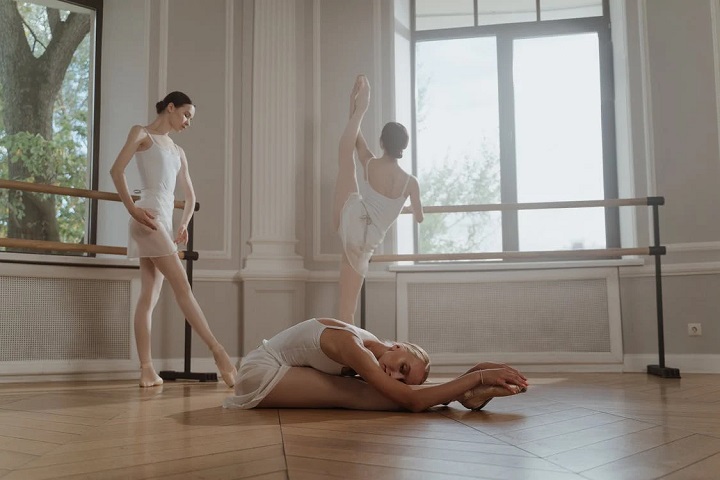
Cotton or nylon Lycra are the most popular materials for leotards. Both of these fabrics are fitting enough to give you a tailored appearance while also being elastic enough to allow you to move freely. Leotards made of cotton Lycra have a matte texture, whereas those made of nylon Lycra have some shine.
Additionally, you can also find metallic pieces with a shiny appearance and a more edgy, dazzling design. The lack of elasticity in metallic textiles, however, might make you feel confined, especially when executing jumps. Velvet leotards are another option; nevertheless, you should be aware that they may make you feel excessively warm.
Make Sure You Have the Right Fit
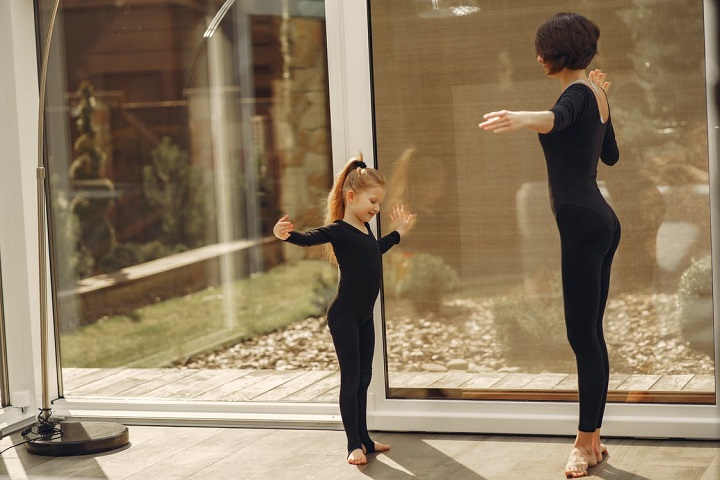
You know your leotard fits properly when it feels like its second skin. It shouldn’t even be noticeable to you. That said, make sure to purchase a leotard that is the ideal size.
To do so, examine the dimensions presented in the size charts closely and double-check your proportions, especially if you plan to buy leotards online. You can be a medium in leotards even though you wear size S clothing.
In comparison to apparel, different brands and styles of dance leotards may run somewhat smaller sizes. So, if the charts indicate that a size up will match your proportions, don’t be scared to do so.
When worn, a well-fitting leotard won’t bunch up around your stomach, bottom, hips, or shoulders or have any slack fabric. Nevertheless, it shouldn’t be so tight that it scrapes into your skin or causes you to experience wedgies when you move.
With the right leotard, you won’t need to alter it all the time because it will stretch and move with you. You can better concentrate on your performance in this manner.
Choose Appropriate Underwear to Wear Underneath It
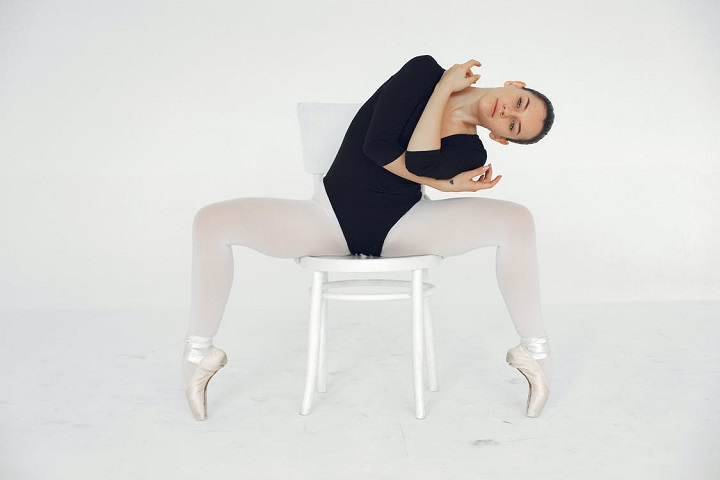
Wearing supportive underwear is crucial when ballet dancing. Sports bras that provide the right amount of support and fit well will work great. Choose briefs with no discernible panty lines for an elegant seamless look. A leotard can show through lace or ribbons, so stay away from wearing these.
Naturally, this does not necessarily entail wearing a thong, which might be uncomfortable for some. You can always find smooth-lined briefs without any elastic bands that will cut into your skin.
When it comes to tights, you don’t necessarily need to wear them during rehearsal, but they are a requirement while you’re on stage. Make sure you choose the right tights for you from the variety available.
